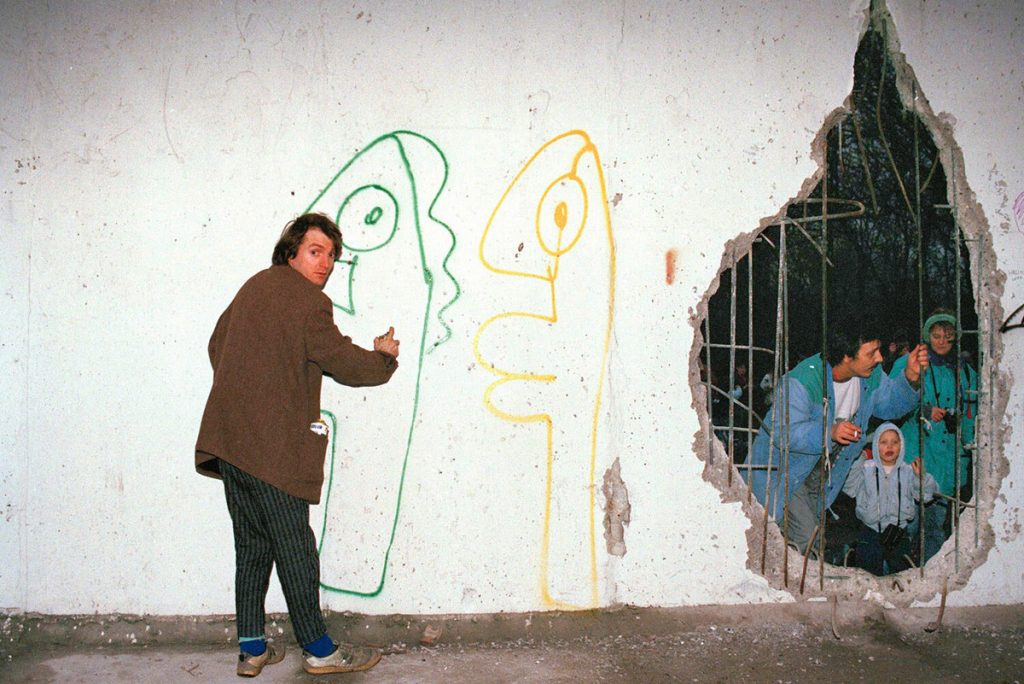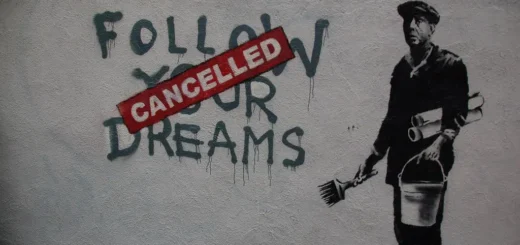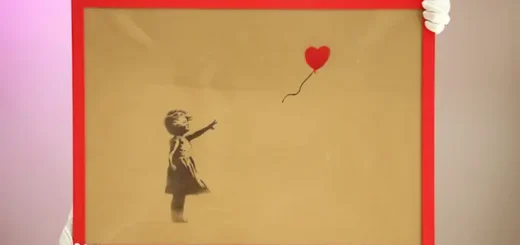The Berlin Wall Graffiti: A Colorful History
by Graffiti Planet ·
Introduction to the Berlin Wall
For 28 years, the Berlin Wall stood as a symbol of division, separating East and West Berlin. Erected in 1961, it stretched over 155 kilometers and was intended to prevent East Germans from fleeing to the West. Over time, the wall became an unlikely canvas for artistic expression, as graffiti artists used their talents to comment on the political situation and make their voices heard.

Graffiti as a Form of Resistance
Graffiti on the Berlin Wall was more than just a colorful addition; it became a powerful form of protest against the oppressive regime. With every stroke of paint, artists transformed the wall from a symbol of division to a symbol of defiance. By doing so, they demonstrated the indomitable spirit of the people and their desire for freedom.
Famous Graffiti Artists and Murals
Several iconic murals and artists emerged from the Berlin Wall graffiti movement. These artists, through their unique styles and messages, contributed to the overall narrative of the wall’s significance.
Thierry Noir: A Pioneer of Berlin Wall Graffiti

Thierry Noir, a French artist, is often credited with being the first person to paint on the Berlin Wall. He began in 1984, using bright colors and bold lines to create striking and simplistic faces. Noir’s work became synonymous with the wall, and his art served as an inspiration for other Europen graffiti artists who followed.
Dmitri Vrubel: The Fraternal Kiss

Birgit Kinder: Test the Best

Another well-known piece on the Berlin Wall is “Test the Best” by East German artist Birgit Kinder. It features an East German Trabant car crashing through the wall, symbolizing the desire for freedom and reunification. The image became a powerful reminder of the wall’s impact on the lives of everyday citizens.
Indiano: The Pink Man

of individuality and nonconformity in the face of a divided society. The “Pink Man” stood out against the gray backdrop of the wall, representing hope and the power of self-expression.
The Role of Graffiti in the Fall of the Berlin Wall
Graffiti played a significant role in shaping public opinion and contributed to the eventual fall of the Berlin Wall in 1989.
The 1980s Graffiti Movement
Throughout the 1980s, the graffiti movement on the Berlin Wall gained momentum. Artists from around the world traveled to the city to leave their mark on this monumental canvas. As the number of murals increased, so did the international attention on the wall and the oppressive regime behind it. The artwork played a vital role in raising awareness and inspiring activism.
Graffiti as a Catalyst for Change
As the graffiti movement grew, it became a catalyst for change. The powerful messages and striking visuals communicated by the artists helped to galvanize public sentiment against the wall. Graffiti became a form of peaceful protest, allowing people to express their desire for freedom and unity in a creative and nonviolent way. This collective voice ultimately played a part in the wall’s eventual dismantling.
The Legacy of Berlin Wall Graffiti
Even though the Berlin Wall has been gone for over three decades, its graffiti has left a lasting impact on the world.
East Side Gallery: A Living Memorial

Influence on Contemporary Street Art
The Berlin Wall graffiti movement has had a lasting impact on contemporary street art. Many modern graffiti and street artists, such as Banksy and Shepard Fairey, have been inspired by the powerful messages and unique styles that emerged from the wall. This legacy continues to inspire new generations of artists who use their creativity to challenge the status quo and promote social change.
Graffiti wall of Berlin stands as a symbol of hope
The graffiti of the Berlin Wall stands as a symbol of hope, defiance, and the power of art to bring about change. From the pioneers who first dared to paint on the wall, to the global artists who followed in their footsteps, the legacy of the Berlin Wall graffiti continues to resonate with people around the world. It is a reminder that even in the face of oppression, creativity and the human spirit can triumph.



